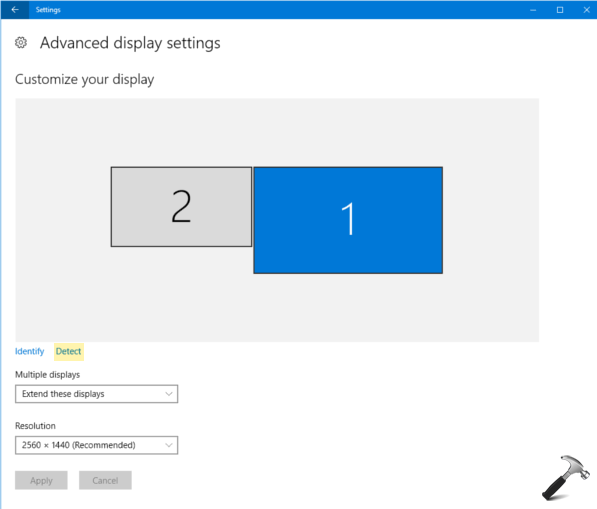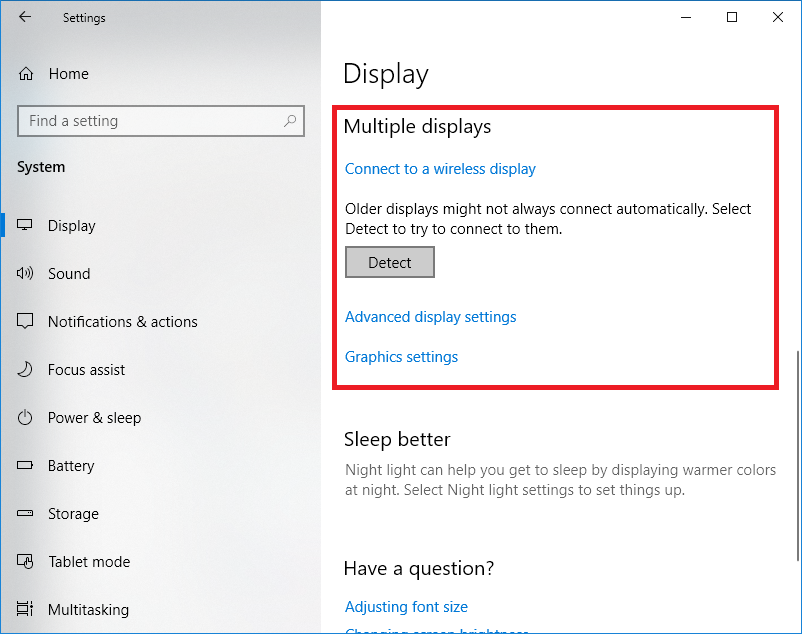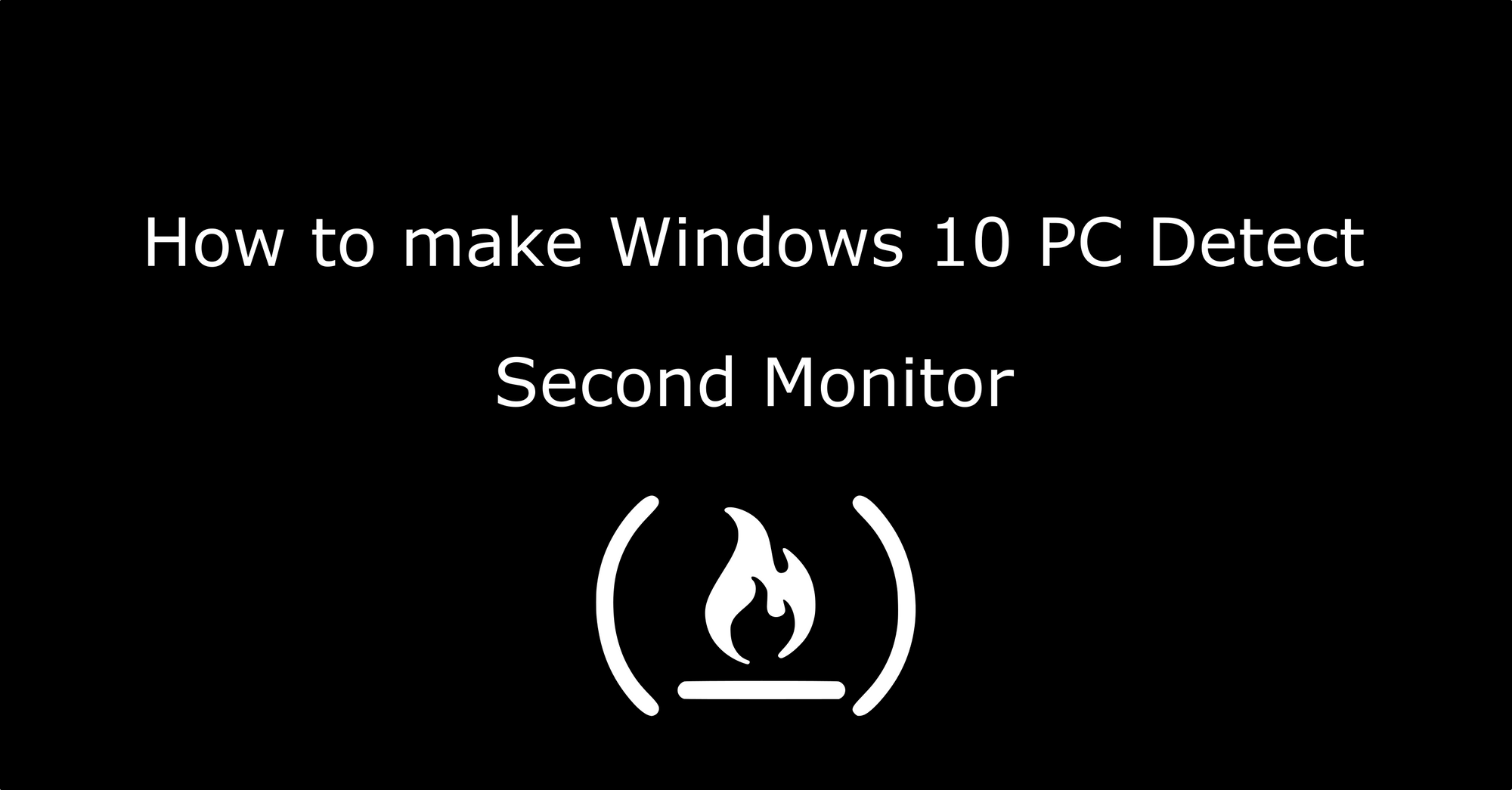
She’s not alone in her struggle to see things on her screen.Īccording to a 2012 survey by The Vision Council, “nearly 70 percent of U.S.

Top Tech Conferences & Events to Add to Your Calendar in 2023Īfter an affirmative answer, I helped her adjust settings on both her desktop and phone to make the content on the screens easier to see. TIOBE Index for October 2023: Top 10 Most Popular Programming Languages What's hot at TechRepublicĬhatGPT cheat sheet: Complete guide for 2023 “Would it help if the text was a bit bigger?” I asked. Then I noticed that the monitor had been moved closer to her face. Learn how to change the settings on your desktop, tablet, or phone, and ease your eyes. If you're straining to read this, you might need to adjust your screen or font size.

Windows attempts to scale your text so that it remains readable on high-resolution displays. Adjust DPI Scalingīlurry text might be the result of incorrect global text scaling settings. If you close it on the target display, it should automatically open there again the next time you run it.

This can happen because the scaling for that app was tuned for the display it was opened on and it doesn’t re-adjust for the other display.Ī simple solution is to open the app on the target display where you want to use it.

Sometimes the text in an application becomes blurry when you move it from one display to the next. If you don’t have to run the two displays in mirrored mode, then it’s best to switch Windows to Extended Display mode and then ensure that each display is running at its native resolution. Text and images won’t appear quite right on the built-in display, but they should still be usable. That’s usually the one you want everyone to see clearly when it comes to presentations or movie nights. If you must use the mirrored display mode, then it’s best to set the image resolution to that of the external display.


 0 kommentar(er)
0 kommentar(er)
